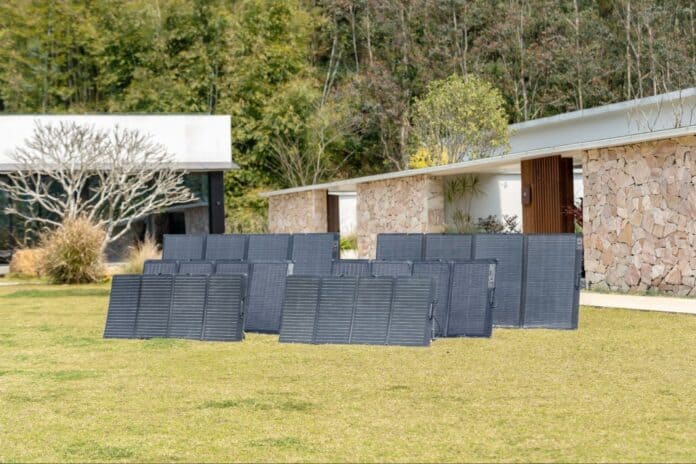As solar technology evolves, new options are becoming available for home installation. One of these is solar shingles, which some are touting as an alternative to PV solar panels.
Solar shingles blend in with the roof design differently from PV panels. They’re smaller, with design options that can match the aesthetics of various roofs.
Solar shingles are an emerging technology that involves some challenges.
Solar panels have been in production for decades — vastly improving in power production and efficiency while dropping significantly in price. Being a more mature technology gives solar panels numerous advantages over PV shingles.
Before you decide which option is better for your home, evaluate the pros and cons of solar panels vs. solar shingles.
Read on to learn how the two compare.
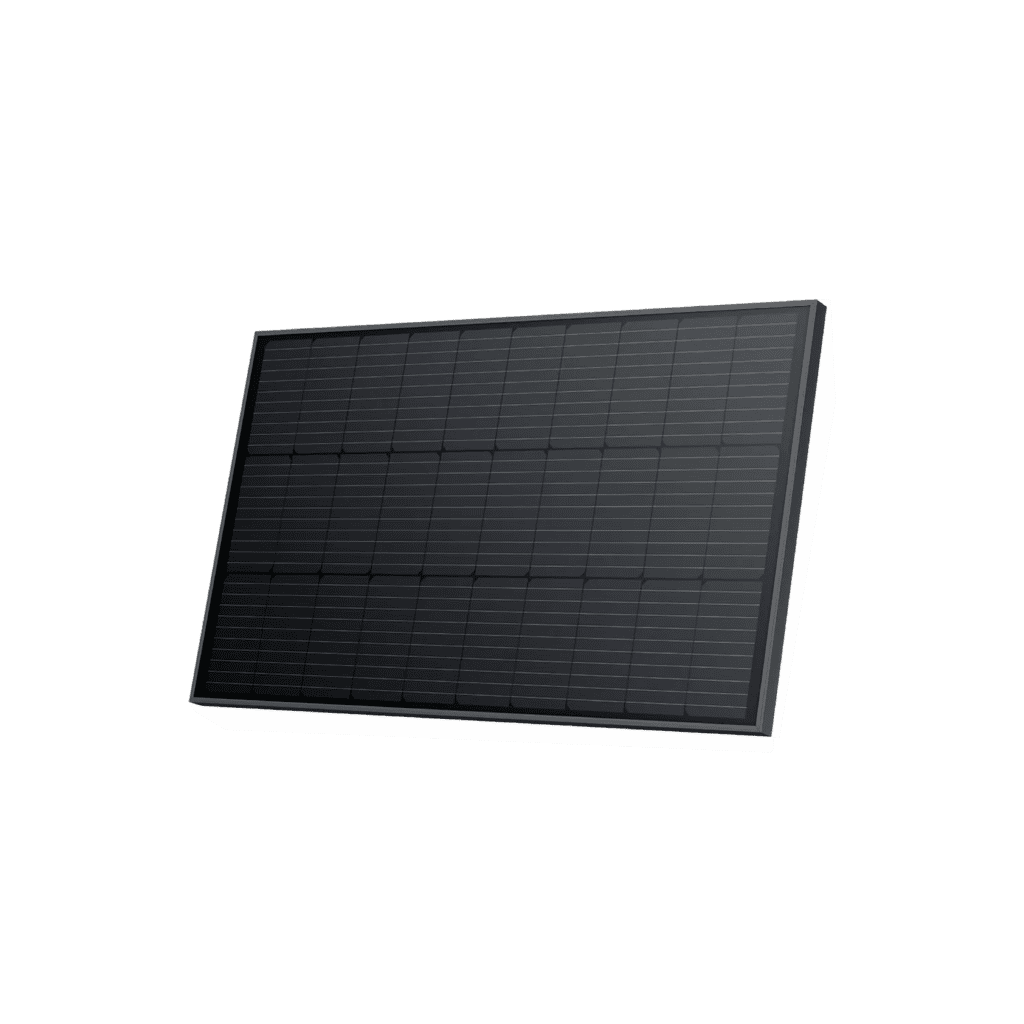
Solar Panels
Solar panels have been on the market for over 50 years, with the U.S. government first pushing to make residential solar power viable in the 1970s. In the years since, the renewable energy industry has come a long way in developing PV panel technology.
Advantages of Solar Panels
- Availability. One of the significant advantages of PV panels over solar shingles is their popularity. The technology has had over 50 years to establish itself, and you can purchase PV panels for your home anywhere in the country. The widespread availability also provides more options for you to purchase.
- Cost. With an established market and more competition between manufacturers and installers come lower prices. Installing a solar panel system for your home represents a significant investment, but the cost tends to be much lower than a solar shingle installation.
- Installation. You can install PV panels on just about any roof type and tilt them to take advantage of the maximum direct sunlight available in your area rather than relying on the structure and angles of the roof itself.
- Efficiency. Most PV panels on the market now have an efficiency of 15-20% conversion of sunlight to energy for your home. Products like EcoFlow’s 400W Rigid Solar Panel have an efficiency rating of 23%. Efficiency has grown significantly over the last two decades, far outpacing what is currently available for solar shingles. Higher efficiency means you’ll generate more electricity from the available sunlight.

Disadvantages of Solar Panels
- Space constraints. Because PV panels are larger, the size can come up against space constraints for a small roof. Too little available surface area receiving direct sunlight can make installing a large enough array to power the entire home a challenge. The development of flexible solar panels alleviates this issue to a certain extent as you can affix them to areas of your roof or home where rigid solar panels wouldn’t work.
- Aesthetics. Solar panels tend not to blend into the roof’s appearance the way solar shingles can. Some people like the sleek, modern appearance of high-quality rigid solar panels. Others may prefer the more subtle look that shingles can provide.
Comparison to Solar Shingles
Solar shingles provide an unobtrusive look that blends in well with a home’s existing structure. That said, while the fundamentals behind the technology are similar, PV panels remain significantly more efficient and less expensive than solar shingles. You can mount solar panels on just about any roof and provide more electricity for your home for less money.
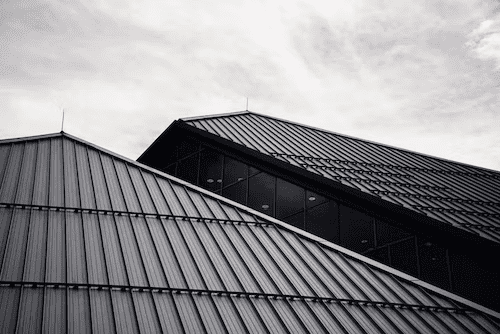
Solar Shingles
Solar shingles are an intriguing new variation of photovoltaic solar technology for homes. For people who don’t like the look of PV panels, shingles can be an alternative that allows them to switch to solar. As the technology becomes more mature, it will be interesting to see how the market develops.
Advantages of Solar Shingles
- Size. Solar shingles are much smaller than panels, potentially making them easier to fit onto a roof, depending on its design. They also weigh less than PV panels, though the panels’ weight usually is not problematic for rooftop installation. The fact that solar shingles are so small does come with a significant disadvantage. You’ll need many more of them, making them more expensive to install.
- Durability. Solar shingles are typically more durable than the traditional rooftop tiles they replace. They can last up to 25 years — just as long as PV panels.
- Aesthetics. Solar tiles blend in with an asphalt roof and are customizable to fit the color and style of the rooftop. The aesthetics can be a selling point for people who like the benefits of solar but don’t like the look of rooftop panels.
- Suitable for New Builds. Shingles can be more cost-effective if you’re building a new home rather than retrofitting a PV system on an existing roof.
Disadvantages of Solar Shingles
- Cost. Solar shingles cost significantly more than PV panels. While wider adoption and more competition amongst manufacturers may eventually bring those costs down, the market hasn’t developed enough to compete with PV panels on price.
- Availability. In many parts of the country, solar shingles aren’t available yet. The limitations can be due to the relative scarcity of licensed installers as much as the product itself. Limited availability can be frustrating, particularly when installing a solar power system is part of a time-sensitive roof replacement or new build.
- Installation. Solar shingles are more time-consuming to install than rooftop panels because installers must make connections for each shingle — and there are far more shingles to install. That translates to higher labor costs. Most homeowners can install panels anytime, but PV shingles usually only make sense to install during a roof replacement or new build.
- Efficiency. Solar shingles are only about 14-18% efficient, as little as half what current PV panels provide.
- Flexibility. Solar shingles usually replace asphalt tiles on roofs. Other types of rooftops don’t work as well as PV shingles, limiting their applications.
Comparison to Solar Panels
Solar shingles are a buzzy new technology for residential solar power, but it will take time for shingles to catch up to the capabilities of PV panels. The subdued appearance of solar shingles is their primary selling point. But for most homeowners, subtler aesthetics won’t be a worthwhile tradeoff for lower efficiency and higher cost.
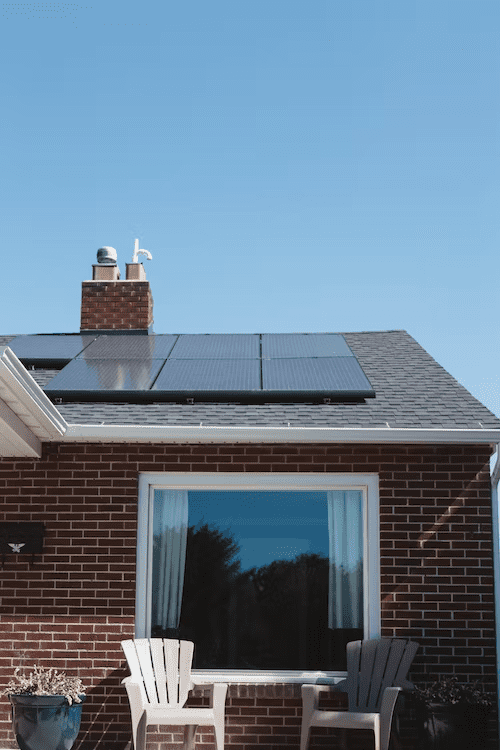
Cost Comparison
Any solar power system installation represents a significant investment for homeowners. Your up-front costs may be high, but you can save substantially on energy costs over time.
This is true for solar panels or shingles, but your solar payback time — the period before electricity bill savings exceed your initial investment — will typically be much longer.
Initial Costs and Lifespan
Price is one area where solar panels provide a significant advantage over shingles. PV panels represent a mature market, with broader availability and more competitors in the space. As a result, they come at half the up-front cost of shingles. A PV panel installation will average a little over $28,000 for a 10kW system compared to over $50,000 for a 10kW solar shingles system.
The lifespans are comparable for the two technologies. Both are expected to last around 25 years and have similar warranty periods.
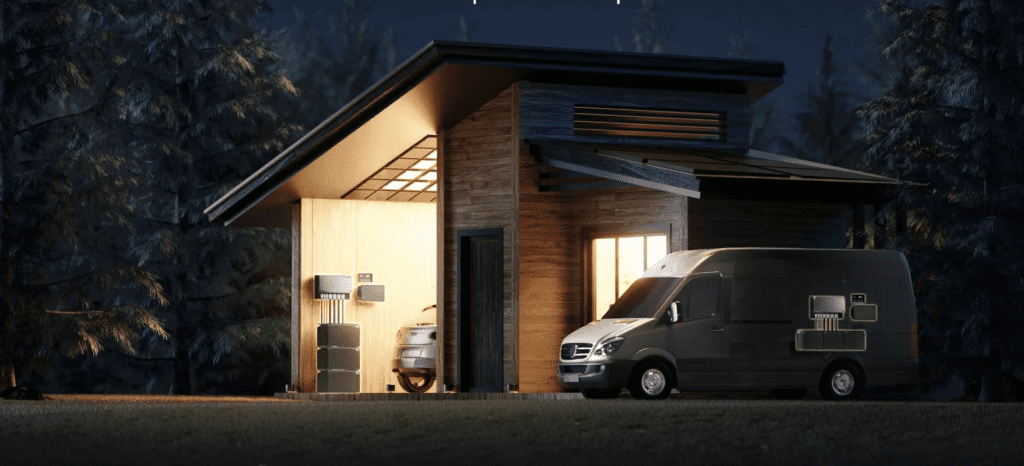
Installation and Maintenance
Installation of solar shingles is a more time-intensive, laborious process. Since the number of shingles is far greater than the number of PV panels in an array, it requires more individual placements and wiring. For this reason, PV shingle installations make the most sense with a new construction or roof replacement.
In contrast, buyers can install PV panels on any roof at any time. You can also combine no-installation systems like portable solar panels with plug-and-play solutions like the EcoFlow Power Kits and circumvent labor costs altogether. However, this off-grid solution will only be practical for tiny homes.
Maintenance costs are similar for shingles and panels. Neither requires much maintenance to keep running well.
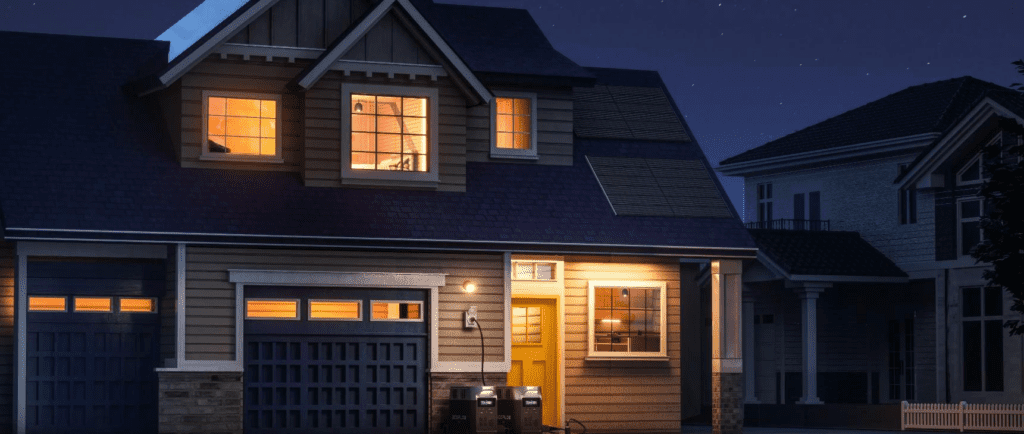
Financial Incentives and Return on Investment
The same tax incentives generally apply to all major solar installations, whether you use shingles or tiles. The U.S. government offers a Federal Solar Tax Credit to offset up to 30% of equipment purchase and installation costs between 2022 and 2034. The incentive can significantly reduce the cost of your investment.
Depending on where you live, there may also be federal, state, and local tax breaks and incentives.
The return on your investment will depend in part on your system’s energy production. PV panels are more efficient, so if you invest the same amount in panels as in shingles, you will recoup your investment in energy savings much more quickly.
Since that initial investment is so much higher for PV shingles, the accelerated recovery of costs becomes even more prominent.
It’s not yet clear whether PV shingles will increase the value of your home more or less than solar panels. According to Forbes, every dollar you save on your electricity bills from solar panels adds $20 to the value of your home.
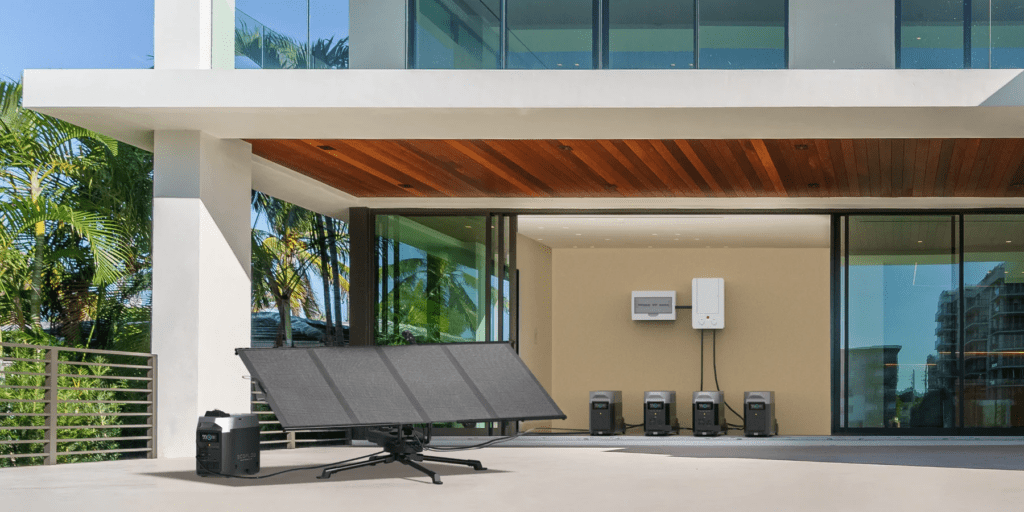
Aesthetic challenges
Aesthetic concerns may sound like simply a matter of taste. In some senses, this is true. Nonetheless, some rules and regulations may limit what you can do.
One example is membership in a homeowners association (HOA). HOAs sometimes limit structural changes to rooftops that may be visible at street level. Before making any structural improvements or additions to your property, confirm that the changes are allowed under your HOA rules.
Also, both federal and local regulations can apply to historical building improvements and reconstruction. Thoroughly research what restrictions or permits may be required before you purchase or install a solar power system.
Portable solar panels may be a viable solution in circumstances that don’t allow for permanent installations.
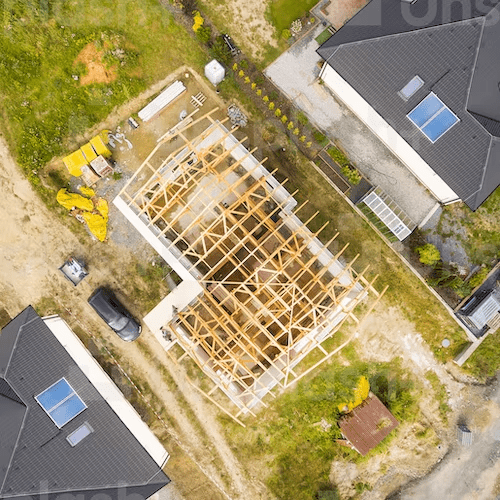
Reinforcements and Roof Compatibility
Another concern for some solar panel installations is the integrity of the roof. The weight of solar panels doesn’t usually affect the roof’s integrity. But you should have a professional confirm that your roof is sturdy enough to support the weight of a solar panel or solar shingle array.

Structural Requirements
Some states have official structural requirements for PV panels. Even if yours does not, work with an installation professional to ensure your home is structurally sound enough to support a solar installation. If not, the additional supports needed to shore up the structure can add substantially to your installation costs.

Conclusion
Solar panels are a less expensive and more efficient option for your residential renewable energy needs. However, for some people, aesthetic considerations might outweigh the bottom line.
EcoFlow has a wide variety of solar power solutions available — from emergency backup to whole home generators.
Check out Ecoflow today for the solution to your renewable energy needs.
FAQs
Solar panels are almost always more cost-effective. Upfront costs are lower and solar panels deliver up to double the efficiency of solar shingles. Unless you’re installing a new roof or starting a new build, PV panels will consistently deliver more power at a lower cost. Even in those instances, solar panels will likely be more cost-effective — but you may prefer the aesthetics of solar shingles.
Both PV panels and shingles should last at least 25 years. Solar shingles are an emerging technology, so their durability is largely unproven. But because the underlying technology and construction are similar to PV panels, their lifespan should be around the same. They are typically backed by similar warranties for repair and replacement costs. Both should last long enough for you to recoup your initial investment and save money on electricity over time.
Solar power remains a significant investment for homeowners. In addition, homeowners association rules or historical building preservation regulations may not allow for rooftop solar arrays. The cost of solar power systems is rapidly declining, and recognition of the necessity of switching to renewable energy is increasing. More widespread adoption is likely over time.
Solar shingles do not require as much weight-bearing support as PV panels do. You shouldn’t need to build in support reinforcements if you have a sound roof structure. Still, in most cases, solar shingles make more financial sense as part of a complete roof replacement or new build than a retrofit on a structurally sound roof.
